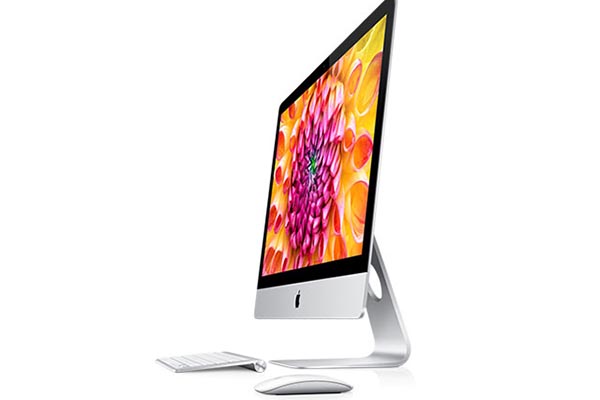“Simplicity is the ultimate sophistication.” – Leonardo Da Vinci
When I purchased a new Apple iMac earlier this year, I didn’t look at the tiny instruction booklet that came with the computer. I simply plugged in the computer and turned it on. The computer then walked me through the steps of setting up my personal profile and transferring the files and programs from my old iMac.
In fact, the computer itself is simple – there’s a large, thin screen with clean lines and all the ports in the back plus a wireless keyboard, a track pad and a power cord.
Simple.
In his book about Apple, Insanely Simple: The Obsession that Drives Apple’s Success, author Ken Segall, states that it’s “what makes Apple stand out in a complicated world: a deep almost religious belief in the power of simplicity.”
Simple doesn’t mean easy. Simple may require more effort, more time and more money for the company and person providing the product or service, but I know that I will almost always choose simple (like my iMac) – even if at a higher cost.
Is what you’re creating simple or is it more complicated than it needs to be? Can someone immediately start using your product or service without opening the instruction manual?
David

